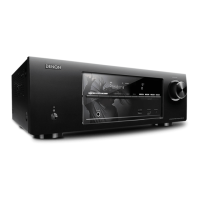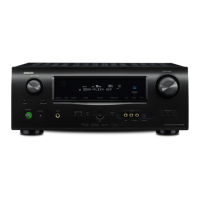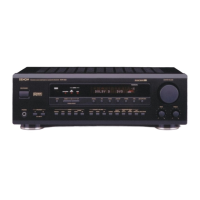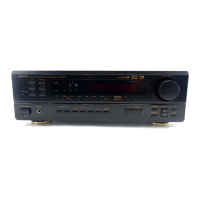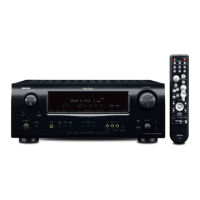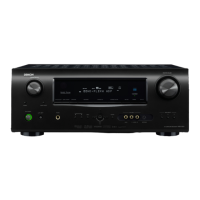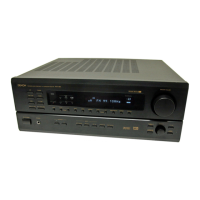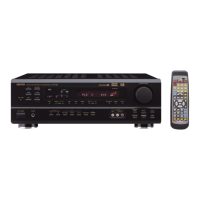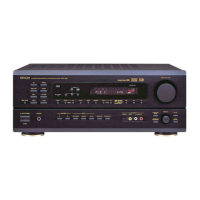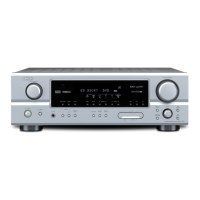What to do if internet radio cannot be played on my Denon Receiver?
- TtheresacervantesSep 4, 2025
Check the Ethernet cable connection and ensure your network is connected. Confirm that the program is broadcast in a compatible format (MP3 or WMA). Check the firewall settings on your PC or router. The radio station might not be broadcasting currently, so try another station. Verify the receiver's IP address. Some stations might be silent at certain times, so try again later.
